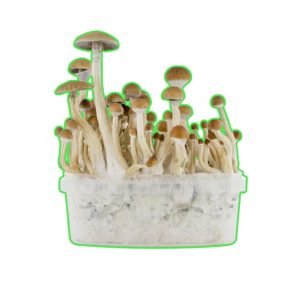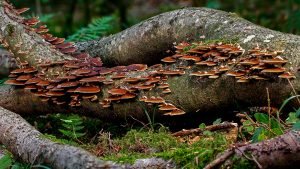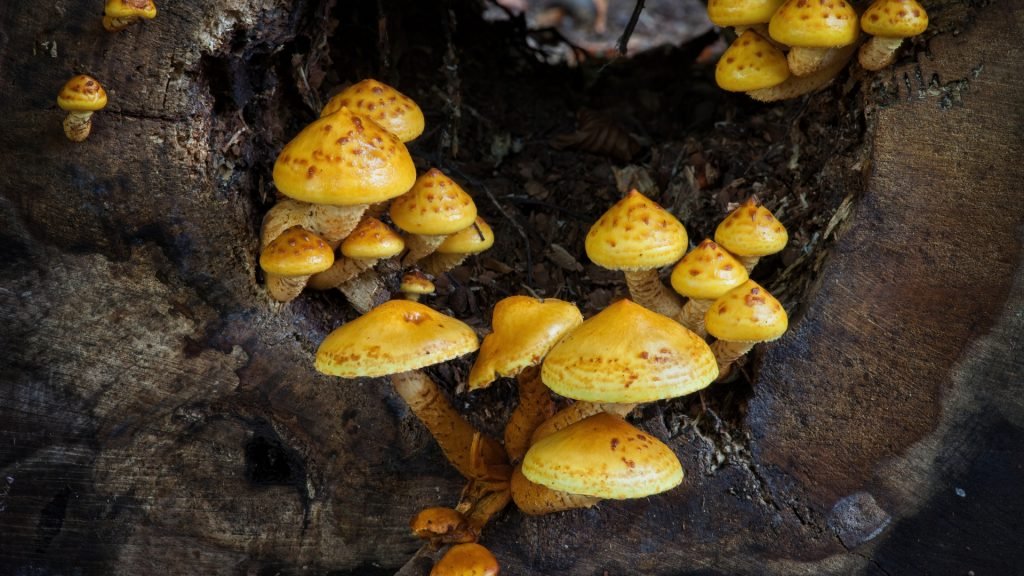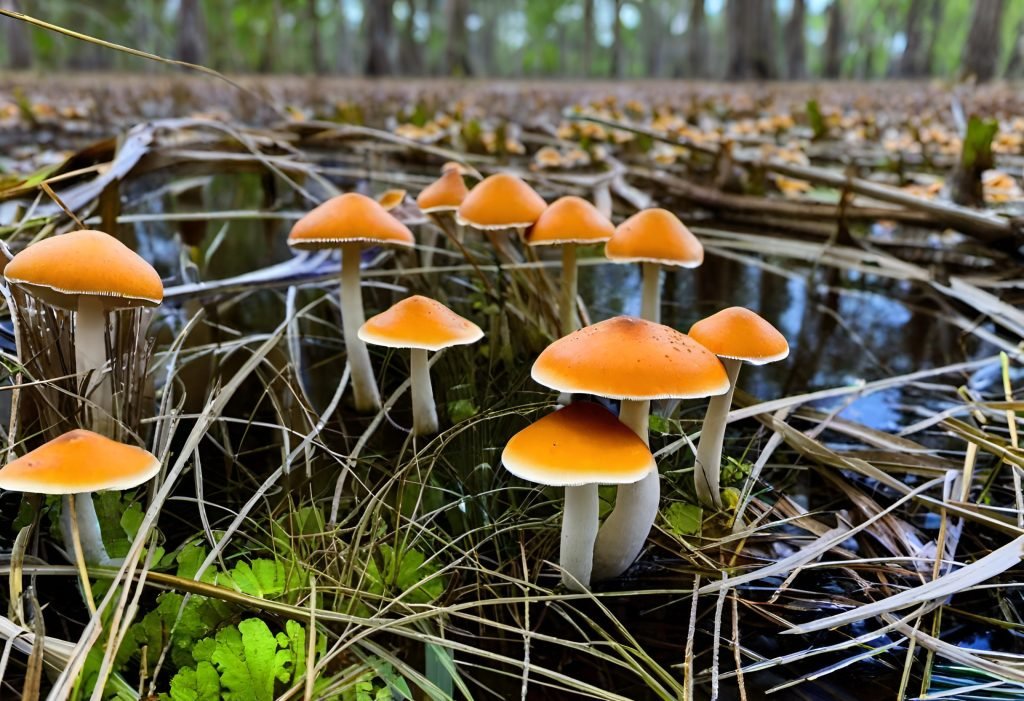Mushrooms have long captivated human curiosity, with their enigmatic presence in nature and diverse array of species. Among these fascinating organisms, the Stropharia Rugosoannulata, commonly known as the King Stropharia or Wine Cap, stands tall as a regal representative of the fungal kingdom. In this article, we delve into the captivating world of the King Stropharia, exploring its unique features, growth habits, and culinary applications, shedding light on why it is hailed as the “King of the Garden.”
The King Stropharia, scientifically named Stropharia Rugosoannulata, is a captivating mushroom species that holds immense significance in the realm of mycology. Originating from the temperate regions of North America, Europe, and Asia, this majestic fungus has garnered attention from both amateur mushroom enthusiasts and seasoned mycologists alike.

The Enchanting Features of the King Stropharia
At first glance, the King Stropharia presents an awe-inspiring sight. Its large, convex cap, which can span up to 15 centimeters in diameter, is an inviting shade of deep chestnut brown, adorned with velvety texture. As the mushroom matures, the cap flattens, revealing distinctive cream-colored gills that radiate outward from the stem. These gills play a crucial role in spore production, contributing to the species’ reproductive success.
One of the most remarkable features of the King Stropharia is its robust and sturdy stem. Colored in a striking lilac hue, the stem showcases the characteristic “ring” or annulus, a remnant of the partial veil that once protected the gills during the mushroom’s early stages of development. This feature, combined with its imposing height, has earned it the title of “King” in the mushroom realm.
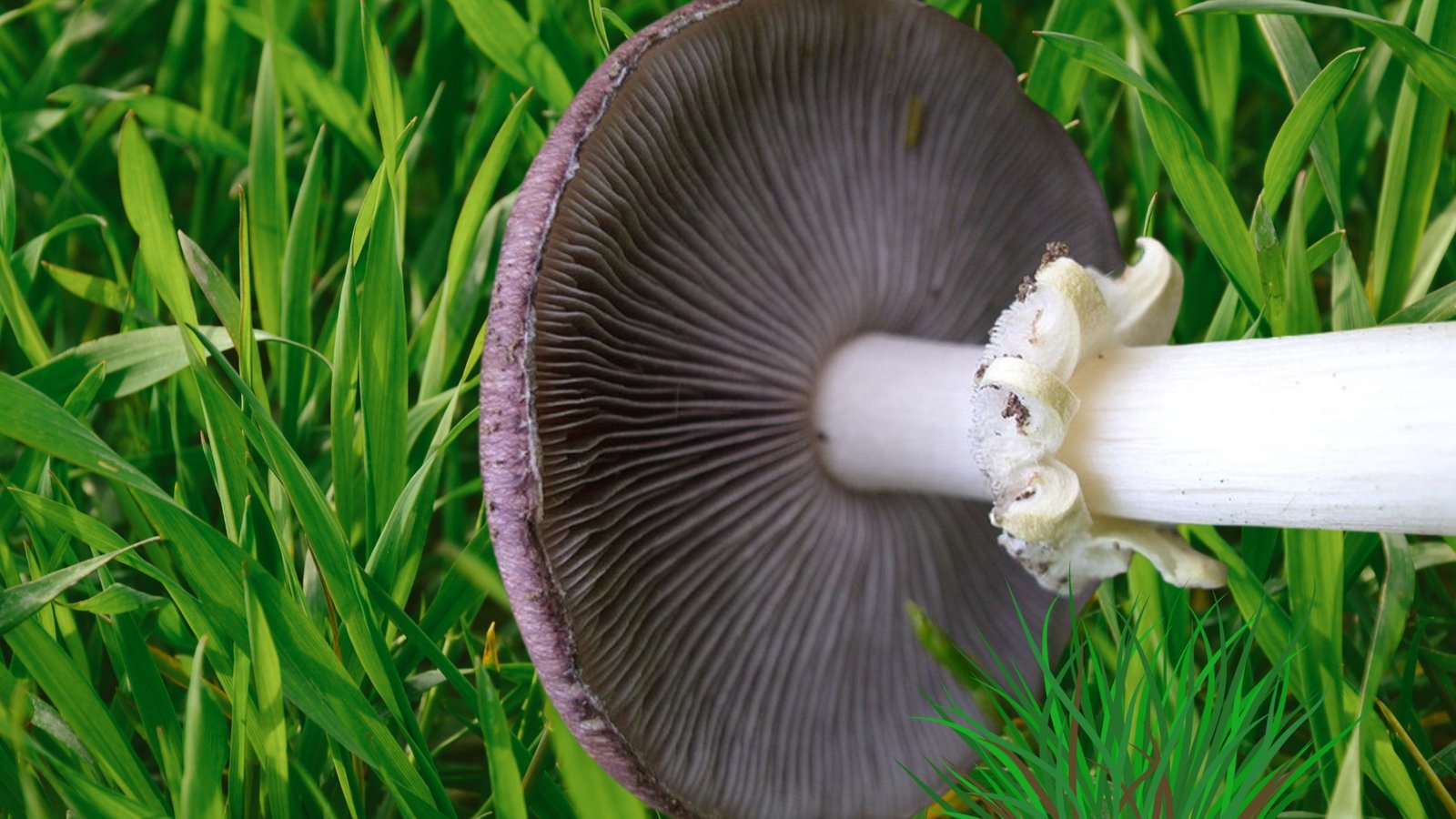
The Life Cycle and Growth Habits of the King Stropharia
Understanding the life cycle and growth habits of the King Stropharia provides valuable insights into its ecological significance. This mushroom species is saprotrophic, meaning it thrives on decaying organic matter. In the wild, it is often found sprouting from decaying logs, wood chips, and forest debris, playing a vital role in the decomposition of plant materials.
The King Stropharia’s growth follows a fascinating process. It begins as a small, whitish button-like structure emerging from the substrate. Gradually, it unfurls into the majestic cap that characterizes its mature form. Throughout its life cycle, the mushroom continuously releases spores from the gills, contributing to the dispersal and propagation of its genetic material.
The universe of mushrooms is expansive, each variant bearing its own unique charm and characteristics. The Marketplace on the 🍄 Mushroom Network is a testament to this diversity. It is a haven for those seeking a deeper understanding of the magical world of mushrooms. If you’re keen on learning more about this type of mushroom and other mushroom variants, this Marketplace is your ultimate resource.
No posts found!
Culinary Uses and Nutritional Benefits of the King Stropharia
Beyond its enchanting appearance and ecological importance, the King Stropharia has earned a reputation as a culinary delight. Rich in umami flavor and boasting a firm, meaty texture, it has found its way into various dishes, adding depth and complexity to a wide range of cuisines. Cultivators and foragers have embraced the King Stropharia for its versatility and nutritional value, making it a sought-after ingredient in gourmet kitchens.
The mushroom’s distinct taste pairs well with a myriad of ingredients, making it an excellent addition to soups, stews, stir-fries, and sauces. Moreover, its substantial size and hearty consistency make it a suitable meat substitute in vegetarian and vegan dishes, further expanding its culinary appeal.
Not sure where to start? The 🍄 Mushroom Academy offers a wide range of courses tailored to your needs. Whether you’re a beginner eager to learn or an experienced mycologist looking to broaden your knowledge, the 🍄 Academy has something for everyone.
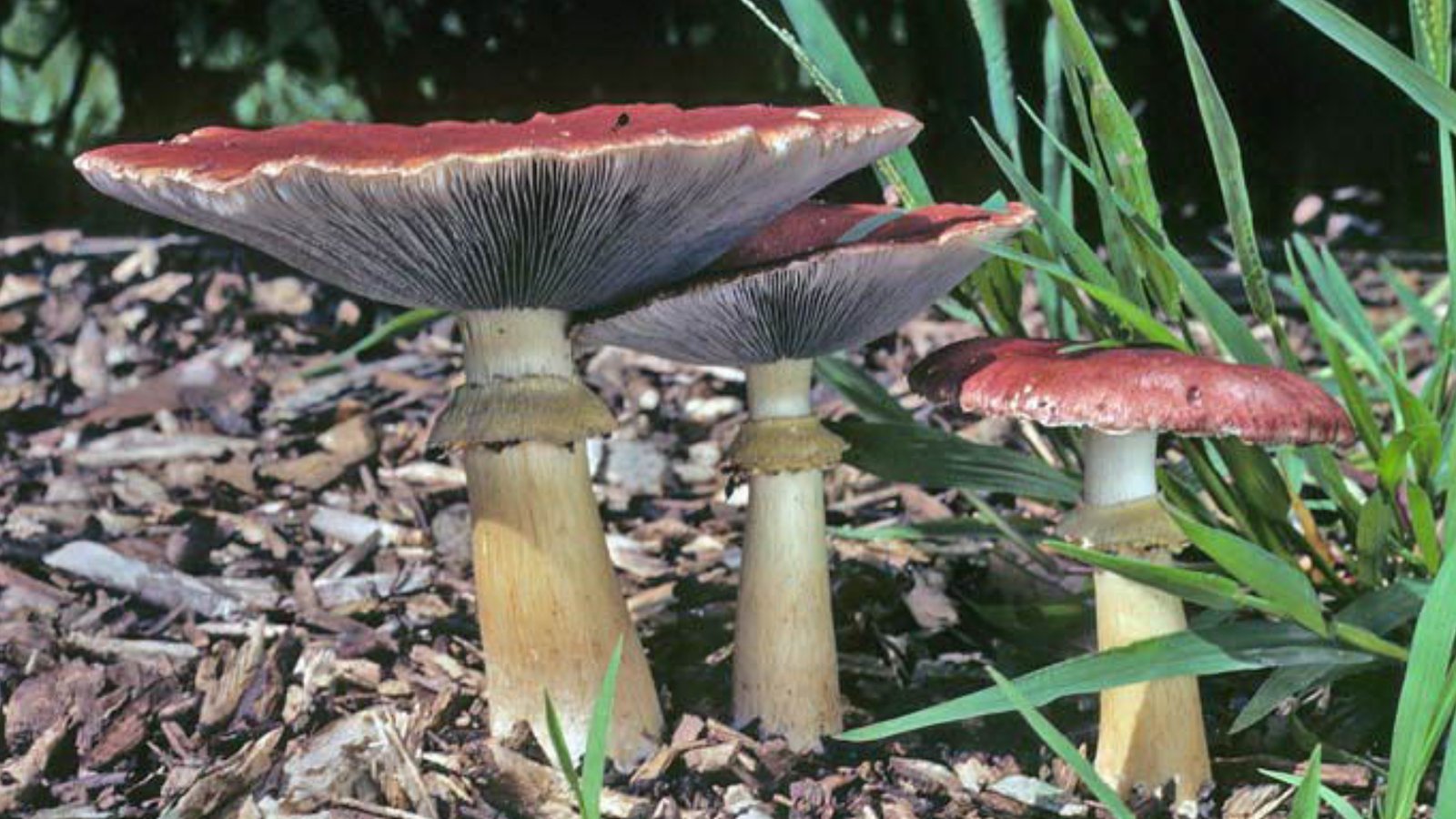
Unveiling the Royal Conclusion:
As we conclude our exploration of the King Stropharia, it becomes evident why this regal mushroom holds a special place in the hearts of mycophiles worldwide. From its captivating features and life cycle to its versatile culinary applications, the King Stropharia stands as a testament to the wondrous diversity and significance of the fungal world.
Don’t forget to check out the 🍄 Mushroom Network’s Marketplace to see what’s available. But hurry, our shelves are constantly evolving, and you wouldn’t want to miss out on this wonderful mushroom. Join our growing network of Patrons, Genetics, and Mycologist Vendors only on the 🍄 Mushroom Network!
Recommended Reads:
The Psychedelic Potential of Psilocybe Cubensis B+: A Closer Look at the Research
Aiding mental health with mushrooms might seem like a thing of fantasy, but with B+...
Read More...🍄 Art and Mycology: The Aesthetics of Fungi 🍄
Mycology, traditionally linked with biology and medicine, finds a fascinating confluence with the world of...
Read More...Foraging in Forgotten Forests: A Guide to Untapped Territories
Foraging for fungi is not just a leisure activity or a means to culinary delight....
Read More...Galactic Fungi: The Mycelium Awakens with Jedi Mind F**k (JMF)
About This Article: Is Jedi Mind F**k the Obi-Wan of mushrooms or just a fungal...
Read More...Whoa there, Spore Sport! 🍄 Looks like you’re not logged in yet. Don’t you know what you’re missing? MYCO-CREDITS! Imagine all the fungal fun you could have. It’s like finding a Morel in May and not picking it. Tragic, right? Log In or Become a Myco-Patron and start racking up those credits. It’s more rewarding than finding a mushroom in your backyard! 🌟🏡


